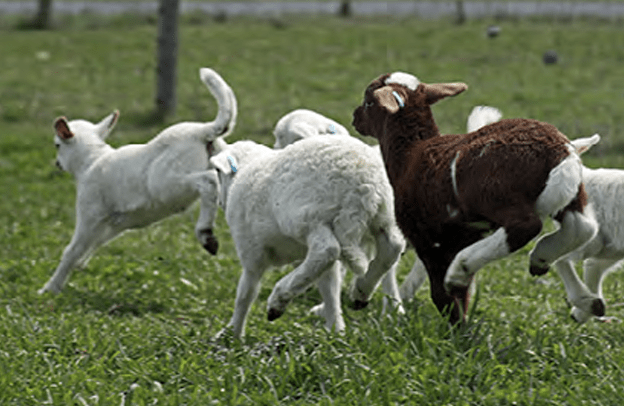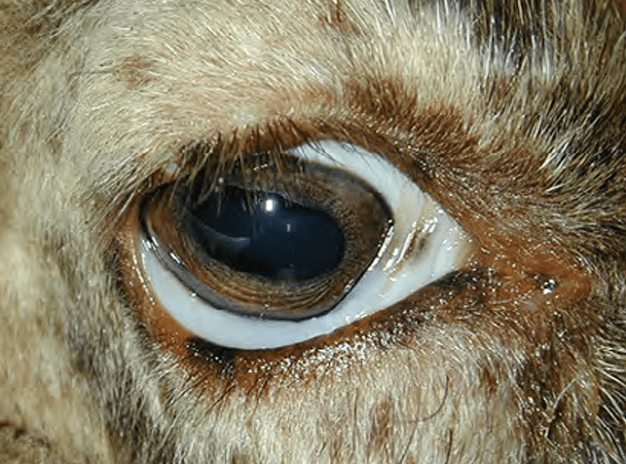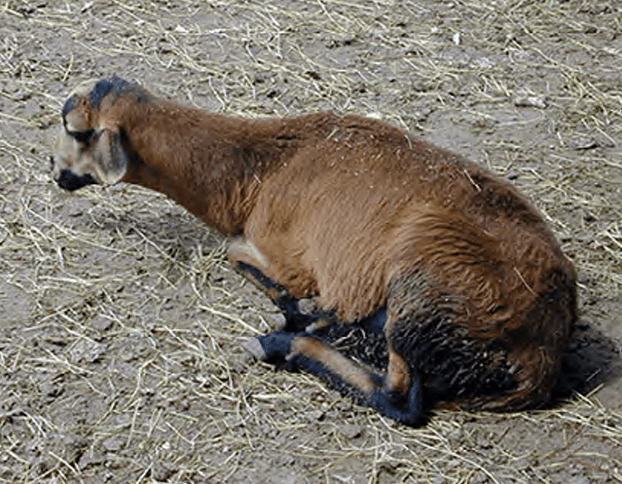The Living on the Land Podcast
Species and breed selection
Decide on your goals and reasons for raising livestock before buying sheep or goats. Different breeds are better for dairy, meat, fiber, companions, packing, or bush control. Visit fairs, shows, and farms to help decide which breed to choose. Avoid making decisions based only on information from the Internet. If your goal is to make money, determine if there is a market for the product you want to produce.
Choose healthy, high-quality animals
Try to buy local, high-quality animals. Local animals are more acclimated to the area, it is easier to research the seller’s reputation, and transportation costs and stress will be lower.
To find animals, talk with your local Extension office personnel and local veterinarians. Contact local livestock growers’ associations, breed associations, or 4-H clubs. Check local and regional newspapers, especially agricultural papers. An Internet search will give you many sources, but beware of these—it can be hard to confirm an Internet seller’s claims about the health and quality of his or her livestock.
Never purchase breeding animals from sale yards. The health history, age, reason for sale, pedigree, and pregnancy status of sale-yard animals is often unknown. These animals can carry serious contagious diseases, too.
Be proactive
Plan to invest in healthy, high-quality foundation animals for your herd or flock. If you start with healthy animals, you will avoid spending a great deal of time, money, and effort to eradicate diseases.
Knowledge of what is normal and abnormal comes with study experience. If possible, take a knowledgable producer along with you when choosing animals. Ask to see the sire, dam, and siblings of the animal(s) you may buy. Assess the overall health of the entire herd or flock, with special attention to older animals: healthy older animals can be a sign of good health, genetics, and care.
Look for the following in individuals and the entire herd or flock or origin:
- Good conformation (structure)
- Good body condition
- Normal TPR*
- Good appetite
- Normal manure
- Normal lymph nodes
- No external parasites
- No coughing
- No abnormal swellings
- Pink membranes
- No abnormal discharge from eyes, ears, nose, mouth, vulva, or prepuce
- Normal reproductive organs
- Nice coat or fleece
- Alert and responsive
- Healthy hooves
- Not lame
- Bright eyes
- Good teeth
- Normal breath smell
- No "pot belly"
- Good hydration
*Normal small ruminant TPR
- Temperature: 101.3°F–103.3°F or higher on hot days
- Pulse: 70-80 per minute
- Respiration: 16-34 per minute
Exercise, diet, environment, age, and health can cause deviations from these values even in healthy animals.
Reputation is everything
Before you buy, investigate the seller’s reputation and the quality of his or her livestock. With permission, contact the seller’s veterinarian and ask questions about the farm and livestock. Talk with others who have bought animals from this seller to see how well the animals worked out for them. Were the animals healthy? Were they easy to deal with, or were some of them too timid or aggressive? How well did they grow and produce? What is the seller’s return policy?
Ask the seller for records of the animals’ history and health status, such as age, vaccination and deworming histories, illnesses and treatments, breeding and pregnancies, and routine or other surgical procedures. If the animals are registered, be sure to get their registration papers.
Involve your veterinarian
Your veterinarian can help you find healthy animals, design vaccination and parasite control programs, and advise you about nutrition. Your local Extension personnel are also a good source of information.
Arranging for veterinary examinations before you buy is a wise investment, especially when buying breeding animals. It is wise to do some laboratory tests on your foundation animals. Ask your veterinarian for specific recommendations on how to test or screen for the diseases listed below. Note that tests on individual animals are not very valuable without knowing the herd or flock’s disease status.
Major contagious diseases of concern in small ruminants are:
- Johne’s disease
- Caprine Arthritis Encephalitis (CAE)
- Caseous Lymphadenitis (CL)
- Tuberculosis (TB)
- Scrapie
- Q fever
- Ovine Pleuropneumonia (OPP)
- Mycoplasma
- Contagious mastitis
- Drug-resistant internal parasites
- Brucellosis
- Foot rot
- Soremouth (orf)
Genetic testing before you buy
(Ask your veterinarian for details.)
- Scrapie susceptibility (sheep)
- Spider Lamb Syndrome (sheep)
- G-6-S Deficiency (Nubian goats and crosses)
Managing your new herd or flock
You can simplify the isolation and quarantine process if you build your herd or flock from a single source. If you are adding animals to an existing herd or flock, isolate the new animals at least 30 feet downstream and downwind from the other animals for at least 3 months, and do chores for the new animals last. For disease control, confine them to one area in case any develop signs of illness.
Sheep and goats are social animals and will need time and space to establish a new “pecking order.” Be sure there is plenty of feeding and watering space for all animals, including timid ones. If possible, get some of the feed and water that the new animals had before, and gradually change them over to their new ration. Establish a system to identify your animals and keep accurate health, breeding, and production records on each one.
Wise stewardship
Do not buy more animals than you can afford to feed and care for or more than your land can support. Consult your local Extension office personnel for advice about your land's carrying capacity.
For more information
Supplemental links
The phrase “Living on The Land” is used with permission from Living on The Land Stewardship for Small Acreage, © 2008, UNCE/WSARE.


